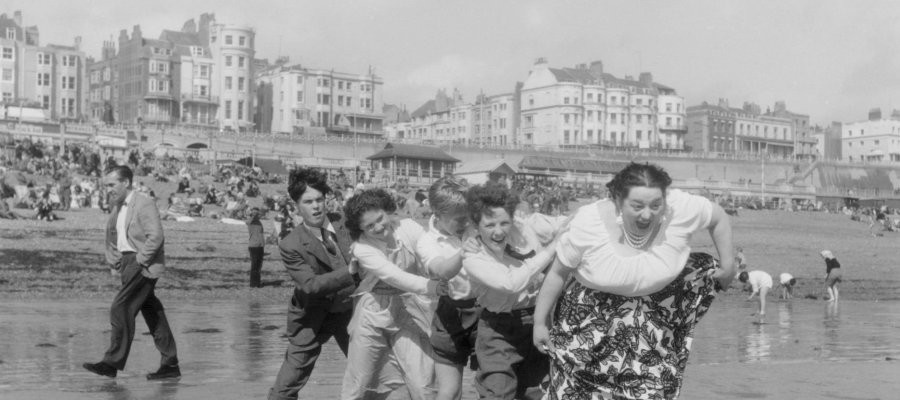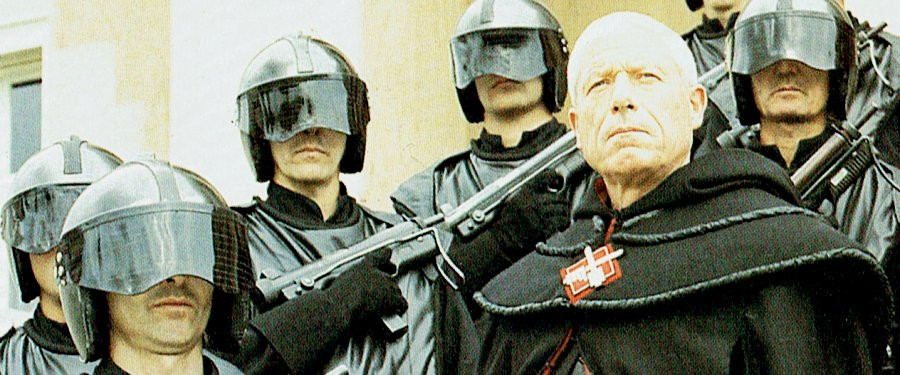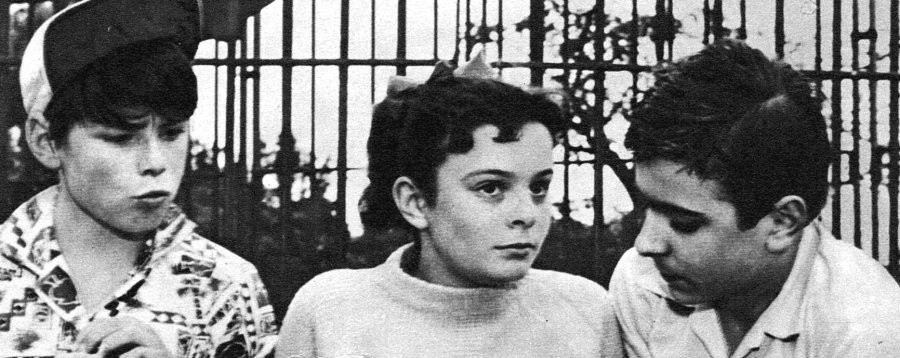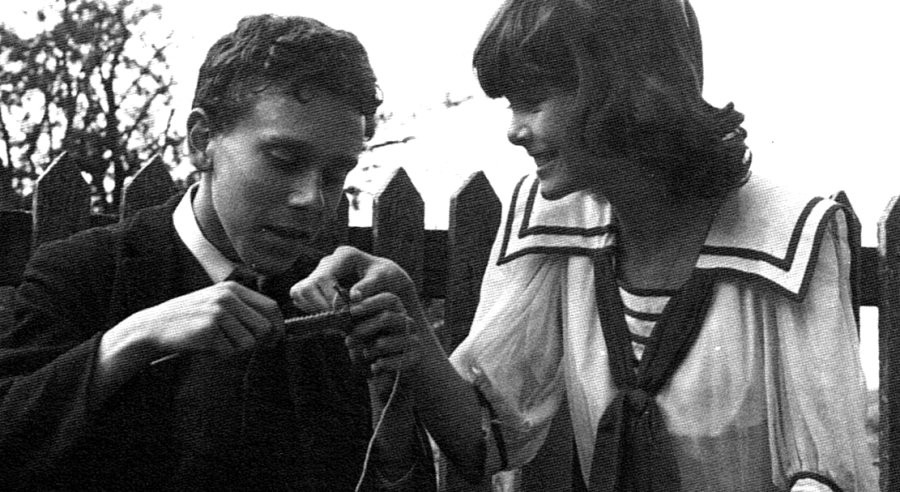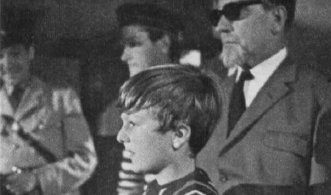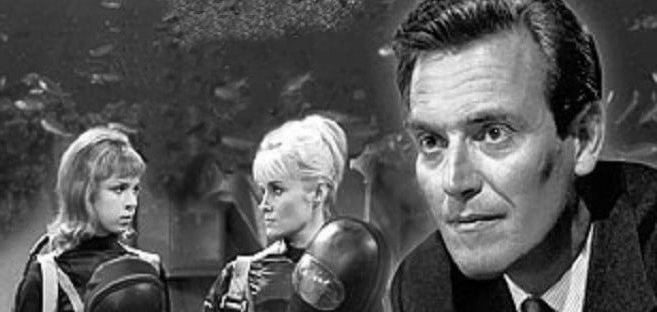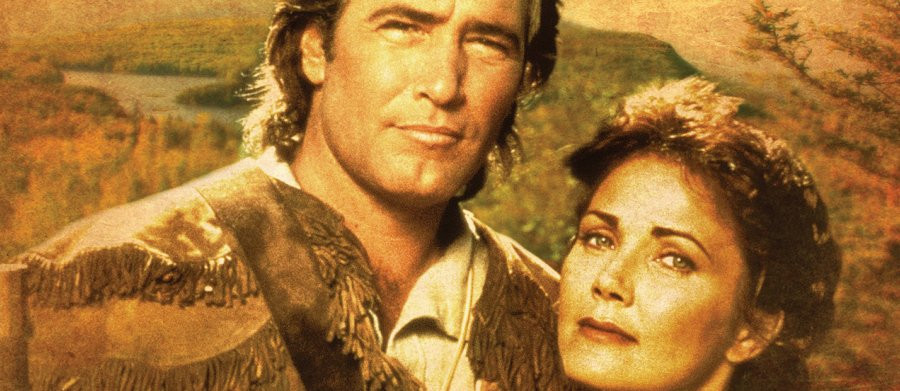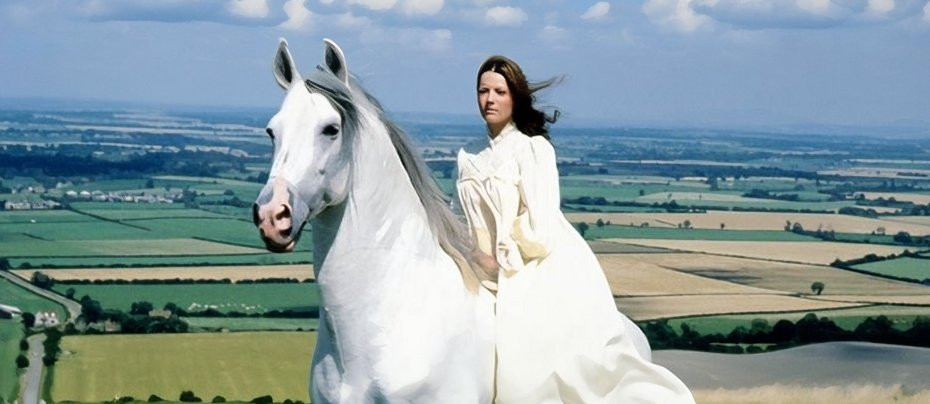
The Moon Stallion
1978 - United KingdomReview by Laurence Marcus
The 1978 BBC series The Moon Stallion stands as a compelling blend of mysticism and children’s drama, offering a unique narrative that skilfully bridges the world of Celtic legend with historical England. Written by Brian Hayles and directed by Dorothea Brooking, this six-part series transports viewers into a world of ancient magic, where the boundaries between myth and reality are tantalizingly thin. With its atmospheric setting, strong performances, and an engaging story, The Moon Stallion remains a memorable piece of 1970s children's television, appealing to both younger audiences and those who appreciate the richness of British folklore.
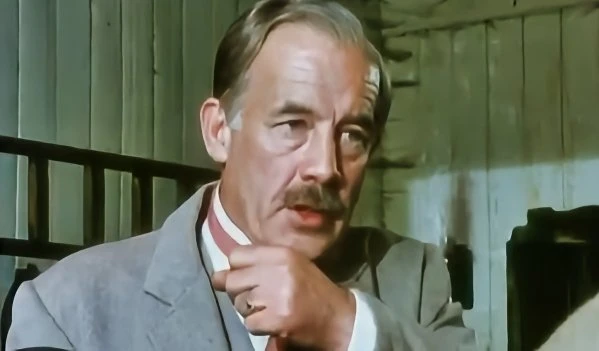
Set in the late 19th century, The Moon Stallion follows the story of 13-year-old Diana Purwell (Sarah Sutton - Doctor Who), a blind girl with an extraordinary connection to the mystical forces that surround her. Diana, her father Professor Purwell (James Greene - Shetland), and her brother Paul (David Pullan) visit the estate of the Professors old friend, Sir George Mortenhurze (John Abineri – Survivors, Robin of Sherwood), an aristocrat with a deep interest in ancient legends. Sir George is researching the legend of King Arthur, and has become obsessed with capturing a mysterious, wild horse—the Moon Stallion—said to roam the hills near his home, obsessed by the superstition that those who see the Stallion during a full moon will be dead by Harvest, his obsession is fuelled by grief as he believes that the Stallion caused the death of his wife nine years ago.
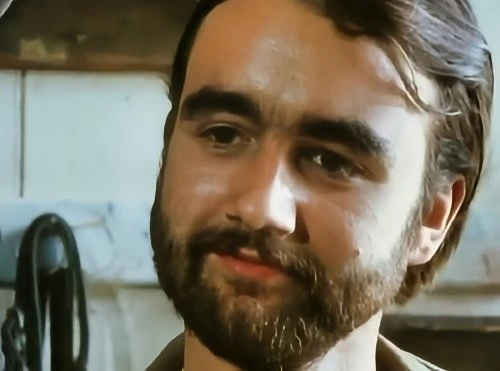
David Haig (The Thin Blue Line, Cobra) portrays Todman, a mysterious, somewhat sinister figure, often viewed as a henchman or servant to Sir George. However, his role goes beyond merely being a lackey, as he becomes a key player in the darker, more dangerous side of the plot. He seems to relish the power that Sir George seeks, and his actions suggest a deeper understanding of, or perhaps even enjoyment in, the chaos that the Moon Stallion represents; a symbol of ancient power tied to the moon and the cycles of nature - the focal point of a struggle between the forces of light and darkness and a messenger of Epona the Moon Goddess (Diana in Greek mythology). The Moon Stallion itself seems to be a creature of this otherworld, almost as if it originates from Tir na Nog, a place in Celtic mythology that is often described as the "Land of Eternal Youth," a magical realm where time stands still, and those who enter it experience immortality and eternal beauty.
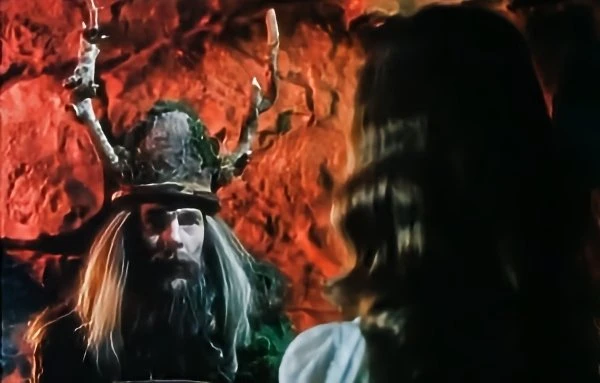
The Green King a symbolic and mystical figure connected to the ancient, pagan elements of the story, represents the primal, natural forces of the earth, fertility, and the cyclical nature of life. The Green King is closely tied to the land and its ancient power. Diana, though blind, has been given heightened spiritual and psychic abilities by the Green King (who claims to have been King Arthur’s councillor and friend – Merlin perhaps?) that allow her to "see" a vision of humankind’s future, showing her people's progress through the years, their periodic destruction down the ages and warning of a future nuclear Armageddon, but it also iterates humankind's eternal instinct for survival, its message being the 'Wheel Turns'.
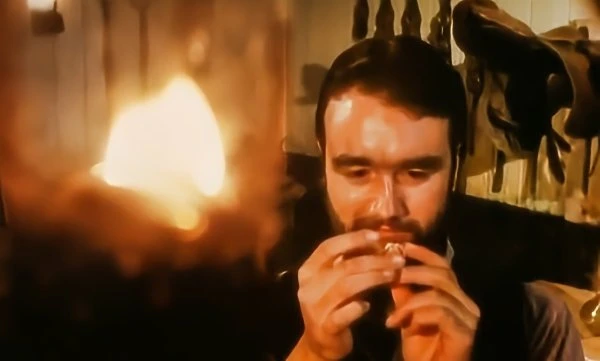
Todman, on the other hand, represents the hubris of mankind, seeking to harness the mystical power of the Moon Stallion for personal gain. David Haig’s performance amplifies the feeling of impending danger, serving as a physical embodiment of the threat posed by Sir George’s increasingly reckless actions. In many ways, Todman is the enforcer of Sir George’s will, but also a symbol of the consequences of greed and the pursuit of power without respect for the natural or mystical forces at play.
As the series progresses, Diana's relationship with the stallion deepens, revealing the ancient connection between the horse, the landscape, and the Arthurian legends. Meanwhile, darker forces, embodied by Todman’s malevolence, drive the tension towards a climactic resolution that explores the themes of balance, harmony with nature, and the dangers of tampering with ancient powers.
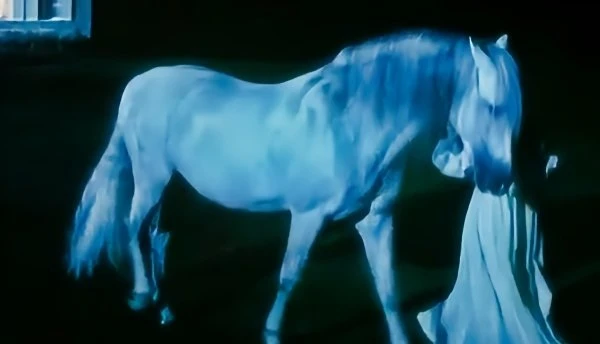
One of the most striking aspects of The Moon Stallion is its atmosphere. The series is set against the backdrop of rural England, with locations such as the Uffington White Horse and Wayland’s Smithy lending a real sense of place and historical depth to the story. The stark and windswept landscapes perfectly complement the mystical tone of the narrative, evoking the feeling of an ancient land steeped in myth and mystery, making the mystical feel as though it is just beneath the surface of the everyday world.
Thematically, The Moon Stallion explores the tension between human ambition and the natural world, with Diana representing innocence and a pure connection to the mystical, while Todman personifies man's desire to control and exploit what he does not fully understand. The conflict between these two perspectives is central to the series, with Diana’s blindness serving as a metaphor for spiritual sight, emphasizing the idea that true vision lies beyond the physical.
The series also delves into themes of femininity and power. Diana’s growing connection to the Moon Stallion and her psychic abilities mark her as a special figure, one who is tied to the cycles of nature and the moon’s influence. This feminine mysticism contrasts with the more patriarchal, controlling force of Sir George, whose downfall is ultimately a result of his refusal to respect the ancient powers he seeks to dominate.
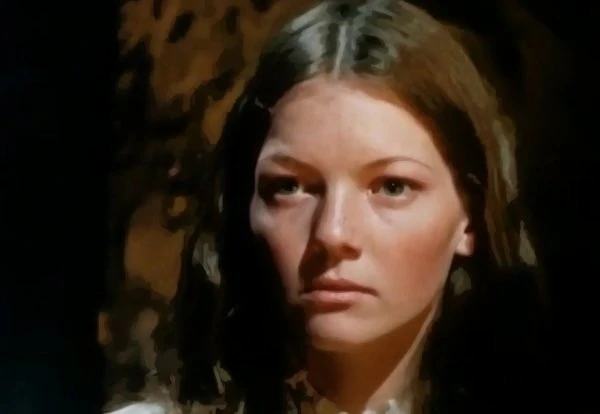
Sarah Sutton delivers a standout performance as Diana. Despite her blindness, she never feels helpless or diminished; instead, Diana exudes quiet strength and wisdom beyond her years. Sutton portrays this inner power with subtlety, making Diana a captivating protagonist. John Abineri and David Haig both provide an equally strong counterpoint, with their portrayals of men driven by obsession.
Dorothea Brooking is known for her work on adaptations of classic children's literature, and her experience in creating atmospheric, thoughtful dramas is evident here. The pacing of the series is deliberately slow, allowing the viewer to become fully immersed in the mysterious world of the Moon Stallion and its surroundings. While some modern viewers may find the pacing a bit too measured, it suits the eerie, dreamlike quality of the story.
The Moon Stallion is a quietly powerful series that blends myth, history, and nature into a cohesive, atmospheric whole. Its themes of spiritual sight, the conflict between man and nature, and the dangers of hubris are timeless, and the performances give the series a lasting emotional resonance. The Moon Stallion offers a rewarding journey into the heart of British folklore and is a prime example of the high quality of teenage drama that the BBC used to, but sadly no longer, produces.
Seen this show? How do you rate it?
Seen this show? How do you rate it?
Published on September 5th, 2024. Written by Laurence Marcus for Television Heaven.


